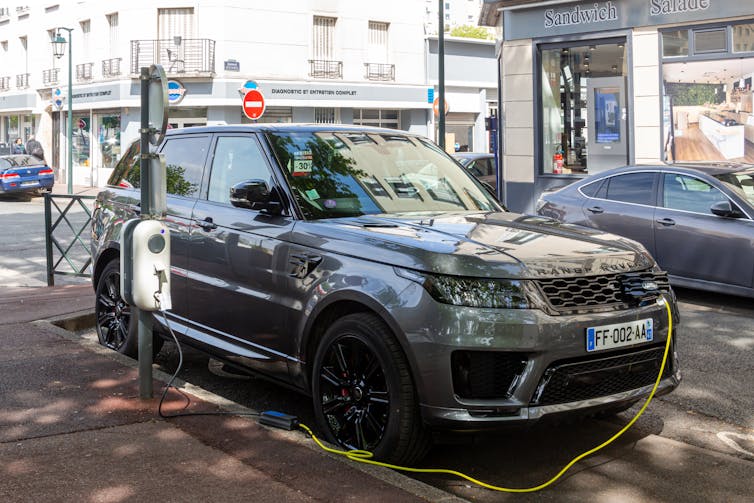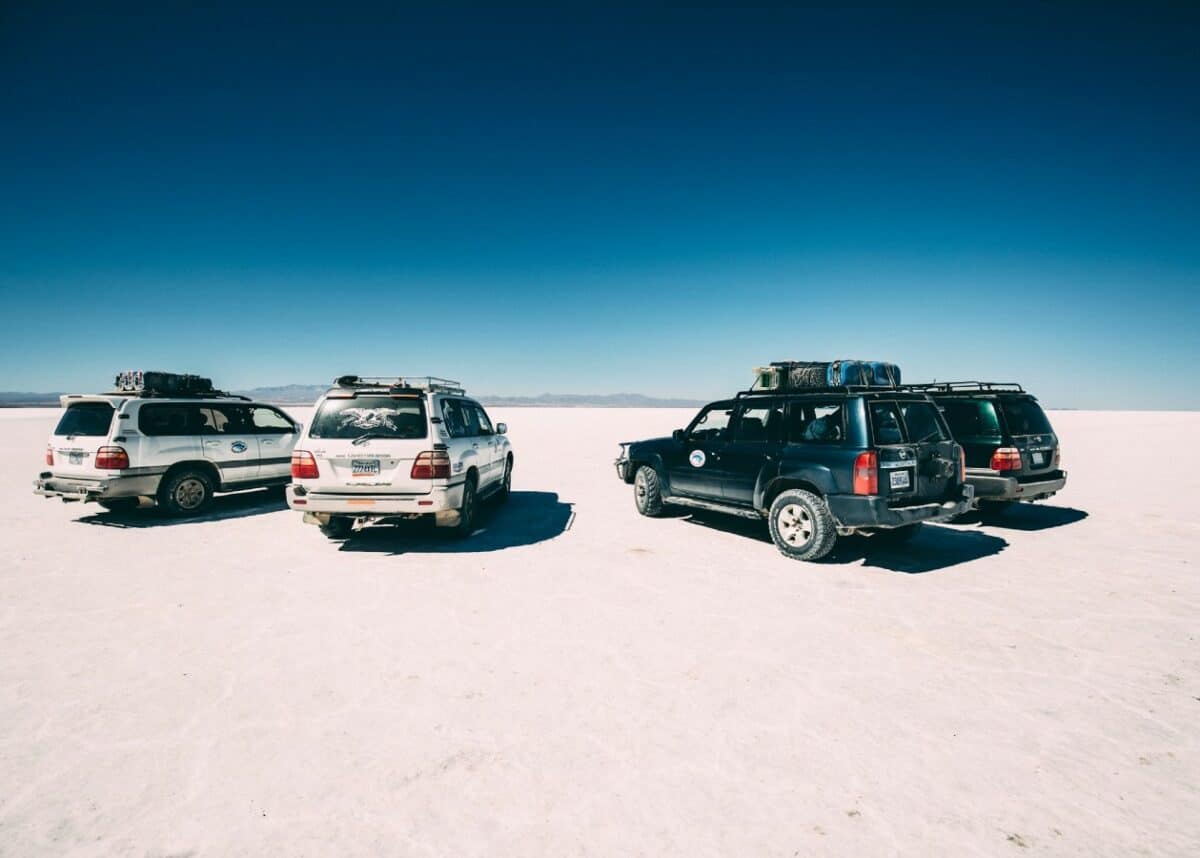Tom Stacey, Anglia Ruskin University
The biggest source of air pollution in UK cities is traffic, and in a new report, researchers discovered that a major contributor to the problem is the popularity of unnecessarily large and fuel-hungry cars.
Known disparagingly as “Chelsea tractors”, sport utility vehicles – more commonly known as SUVs – are highly polluting. Petrol and diesel SUVs produce 25% more CO₂ on average than a medium-sized car and, since 2017, they’ve outsold fully electric vehicles in the UK at a rate of 37 to one. Globally, rising SUV sales are the second-biggest cause of increasing carbon emissions.
Despite often being too big to fit in a conventional parking space, 75% of SUVs sold in the UK in 2019 were bought by people living in urban areas. The New Weather Institute, the think tank which produced the report, argues that the marketing strategies of car manufacturers have convinced town and city dwellers that it’s normal to go “shopping in a two-tonne truck”, regardless of the consequences for human health and the environment.
For a lot of drivers though, these vehicles simply appeal. Their elevated driving position gives a clearer view of the road and they are large inside as well as out, offering plenty of room for families. Manufacturers should be criticised for marketing a vehicle designed for rugged, off-road travel to people living in leafy suburbs, but ultimately, they’ll build what they believe buyers want.
Petrol and diesel SUVs are sold in their thousands every month and you can expect a car bought today to still be on the road ten to 20 years from now. This will frustrate efforts to decarbonise Britain’s transport sector just as the most significant action needs to be taken. So what can be done?
Remove, replace, revamp
There are three possible solutions. The first involves moving all these vehicles out of urban areas and into the countryside – where they are arguably designed to be – by banning their use in densely populated places. This won’t be simple though. Diverting SUVs to rural areas could swamp villages with more cars than people need. More challenging still is the fact that many of these “city” SUVs are actually the wrong type of specification for off-road use, even though they appear rough and ready, and so might not adjust all that well to rural life.
Another option involves the government and manufacturers creating incentive schemes to get SUV drivers to switch to zero-emission alternatives. But this kind of funding is actually shrinking in the UK and it suffered a further cut in March 2021. Many large electric SUVs, such as Tesla’s Model X, no longer qualify for the UK plug-in car grant, leaving fewer subsidised choices for urban buyers determined to keep driving SUVs.

The third option is more innovative. It’s possible that petrol and diesel cars can be converted to fully electric vehicles using bespoke or generic kits, depending on the model. This approach is not without its challenges, but a number of companies are carrying out such conversions already, and it’s perhaps the most sustainable way to eliminate the carbon footprint of vehicles that are already on the road.
In this scenario, no new cars would need to be built to replace the SUVs, saving an enormous amount of energy, and these once highly polluting cars end up with zero tailpipe emissions when converted. Most of the car can be used, and what isn’t, (generally recyclable steel and aluminium), can theoretically be turned into parts for new electric motors and batteries.
This approach is known as a circular economy, in which the old and defunct parts of a product are salvaged and turned into new ones. This will apply to the batteries in the newly converted electric vehicles too, which are highly recyclable. So while the rush to buy SUVs in recent years has piled up problems for the coming decades, some innovative thinking can prevent these white elephants blocking the road to a net-zero society.
Tom Stacey, Senior Lecturer in Operations and Supply Chain Management, Anglia Ruskin University
This article is republished from The Conversation under a Creative Commons license. Read the original article.












